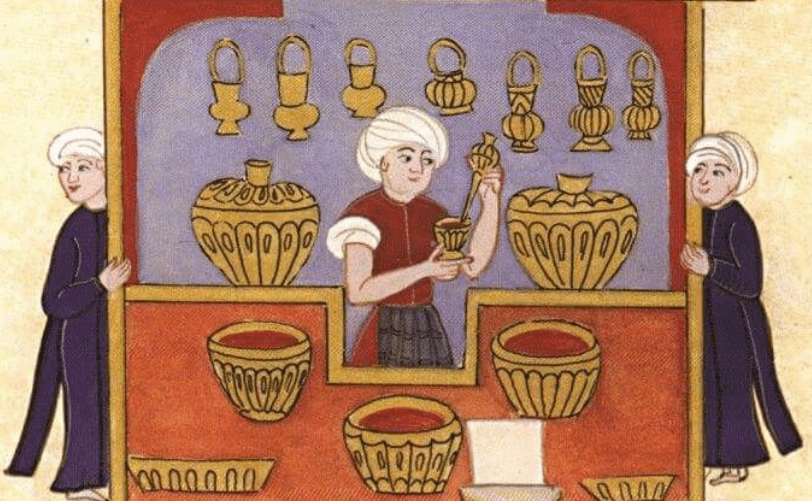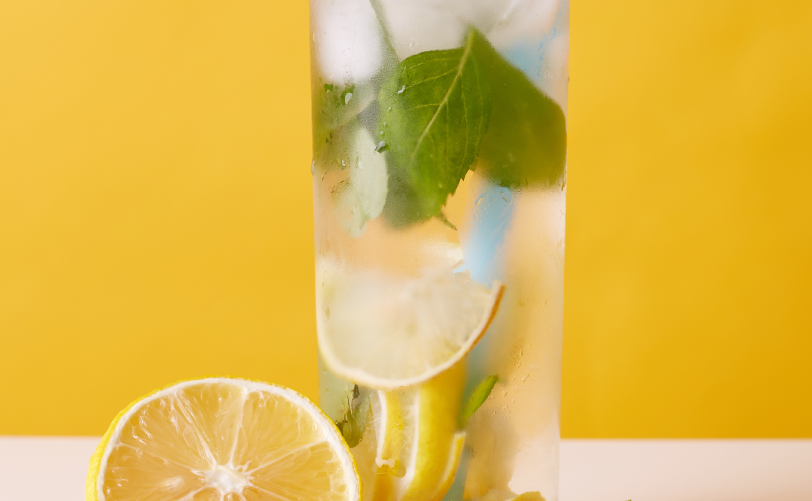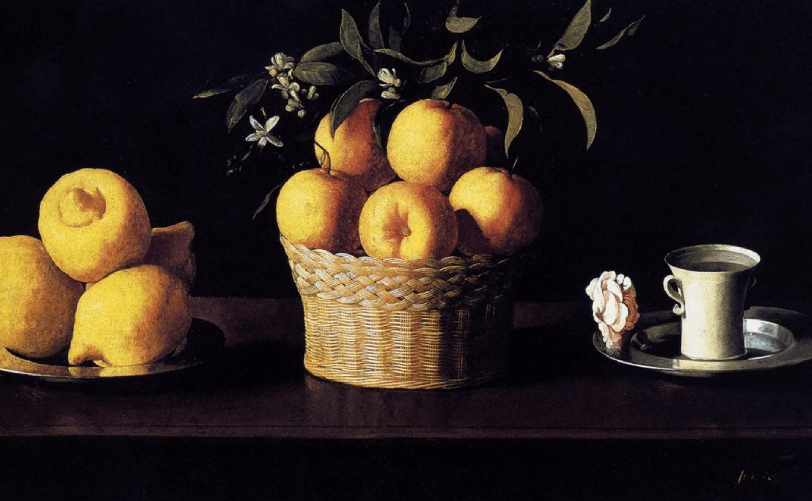
Refreshing drinks prepared for the summer became one of the most colorful and rich aspects of Ottoman culture.
From carefully crafted natural sherbets in special containers to the fresh coolness of lemonade dispensers, the Ottoman cold beverage tradition left a deep mark not only on the palate but also on social life.
In this article, we’ll take a detailed look at the history, preparation, and social significance of cold drinks like sherbet, lemonade, and ayran in the Ottoman era.
Natural Flavors of Cold Drinks in the Ottoman Era: Sherbet and Lemonade
In the Ottoman market, sherbets were made by blending various fruits and herbs. Natural flavors like rose, mint, saffron, sour cherry, and apple added both taste and health benefits to these drinks. The word “sherbet” comes from Arabic, meaning “refreshing drink,” and it was especially popular in the summer months. Sherbets were usually sweetened with sugar, honey, or molasses. Made from natural ingredients, these drinks were not only refreshing but also had mild healing properties.
Lemonade was another beloved cold beverage in the Ottoman Empire. Prepared in special containers called “limonatalik,” lemonade was made from freshly squeezed lemon juice, water, and a small amount of sweetener. It was widely consumed during hot summers, especially in coffee houses and palaces. Its refreshing effect made it as popular as sherbets.
Ayran, a mixture of yogurt, water, and salt, was also an essential part of the cold drink culture. In the Ottoman era, ayran was preferred as a nutritious and cooling drink during the hot months.
The Art of Presentation: Sebils, Sherbet Containers, and Lemonade Dispensers
In the Ottoman Empire, the presentation of cold drinks was as important as the drinks themselves. Glass sebils and sherbet containers were both elegant and practical. These special vessels allowed drinks to be served stylishly and distributed easily. Sebils with taps let guests serve themselves, highlighting hospitality.
In palaces, sherbets were served in porcelain glasses, while among common people, copper or brass containers were used. These vessels preserved the drink’s flavor and added elegance to the table. Summer mansions and coffee houses were social places where these refreshing drinks were enjoyed with pleasure.
The Role of Cold Drinks in Ottoman Social Life
Cold drinks in the Ottoman era were not only refreshing but also a key part of social life. During Ramadan iftar meals, holiday celebrations, and special visits, serving sherbet and lemonade symbolized hospitality and sharing. These drinks were perfect for strengthening friendships and sweetening conversations.
Coffee houses were social hubs for enjoying cold drinks. On hot summer days, people would cool off while enjoying sherbet and lemonade. Offering fresh cold drinks to guests at home was a sign of elegance and respect in Ottoman culture.
From the Ottoman Era to Today: Modern Reflections of the Cold Beverage Culture
Today, the rich tradition of Ottoman cold drinks lives on through modern cold beverage machines and lemonade dispensers. Widely used in the Horeca sector, these dispensers are the contemporary equivalents of the Ottoman glass sebils and sherbet containers in terms of hygiene and convenience. Acting as both lemonade machines and sherbet dispensers, they enable fast and easy service in businesses.
Traditional recipes made with natural ingredients are still favored both at home and in establishments. This way, classic Ottoman drinks like sherbet, lemonade, and ayran continue to be enjoyed, preserving their flavors as well as their cultural significance.
Conclusion
The Ottoman cold beverage culture remains important today for its naturalness, aesthetic appeal, and role in social life. From sherbets to lemonades, ayran to other refreshing drinks, this journey is not just about enjoying beverages but also about cherishing a centuries-old cultural heritage. During summer months, these naturally prepared cold drinks refresh the palate while warming hearts with hospitality passed down through generations



